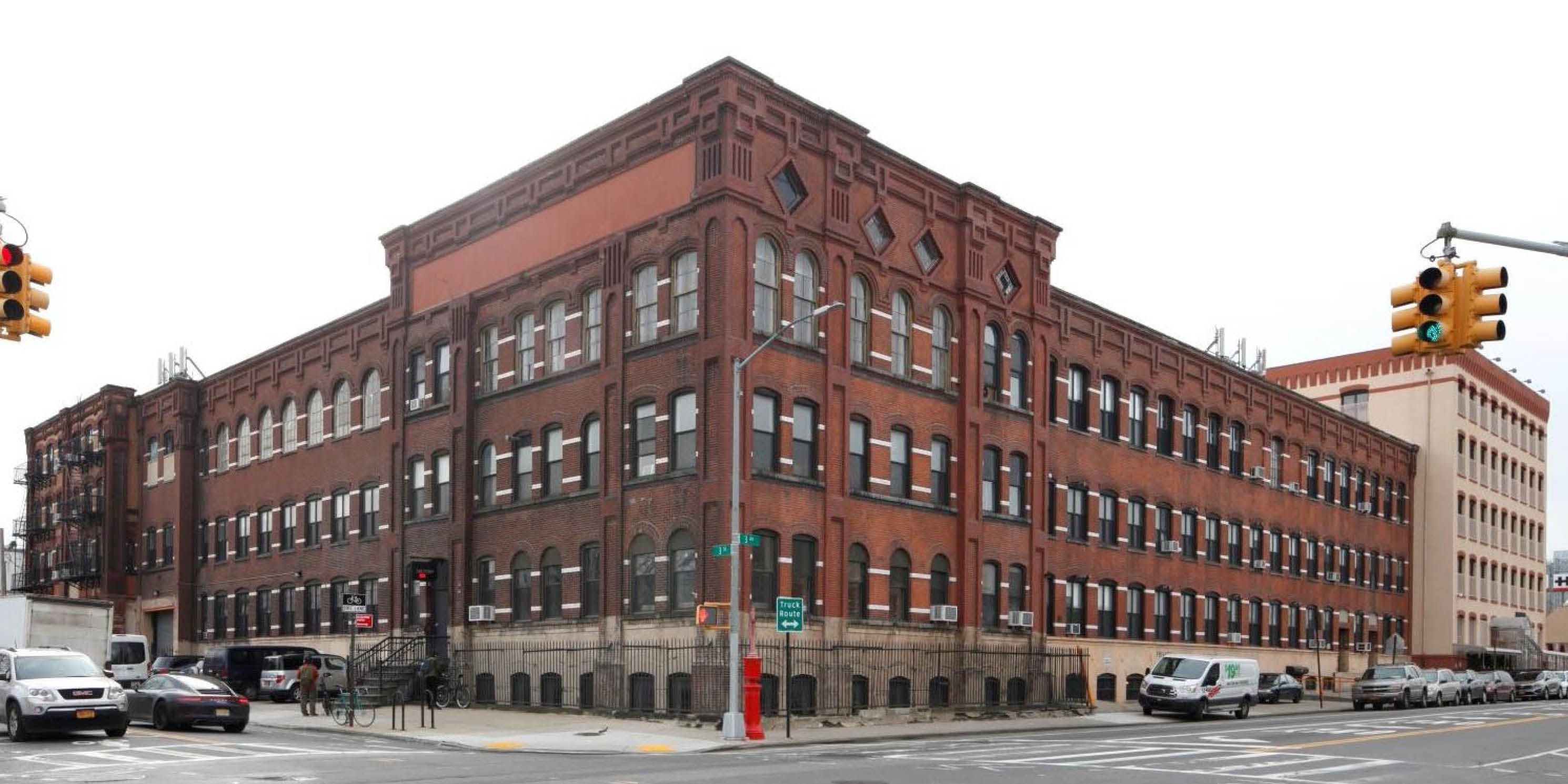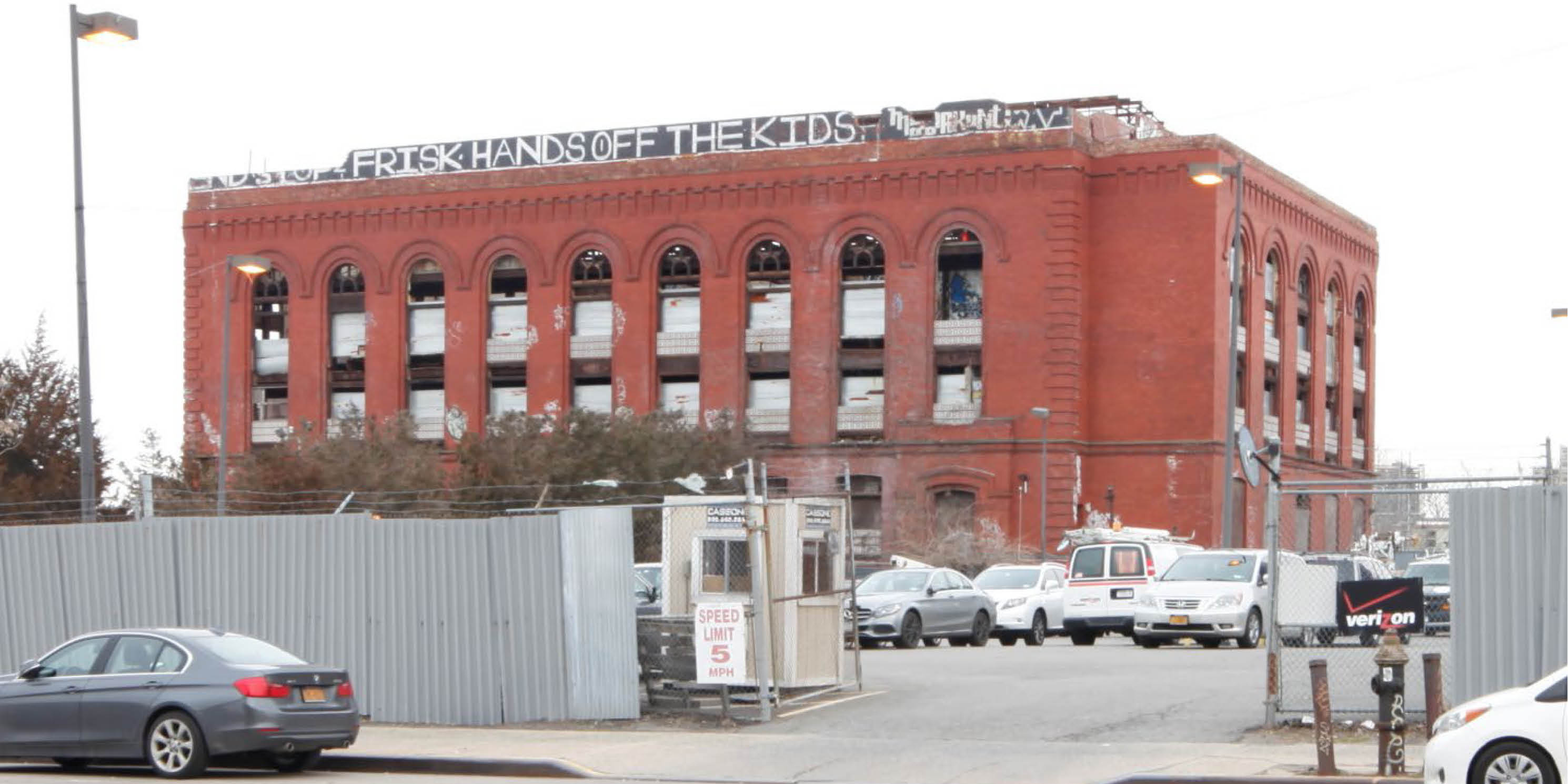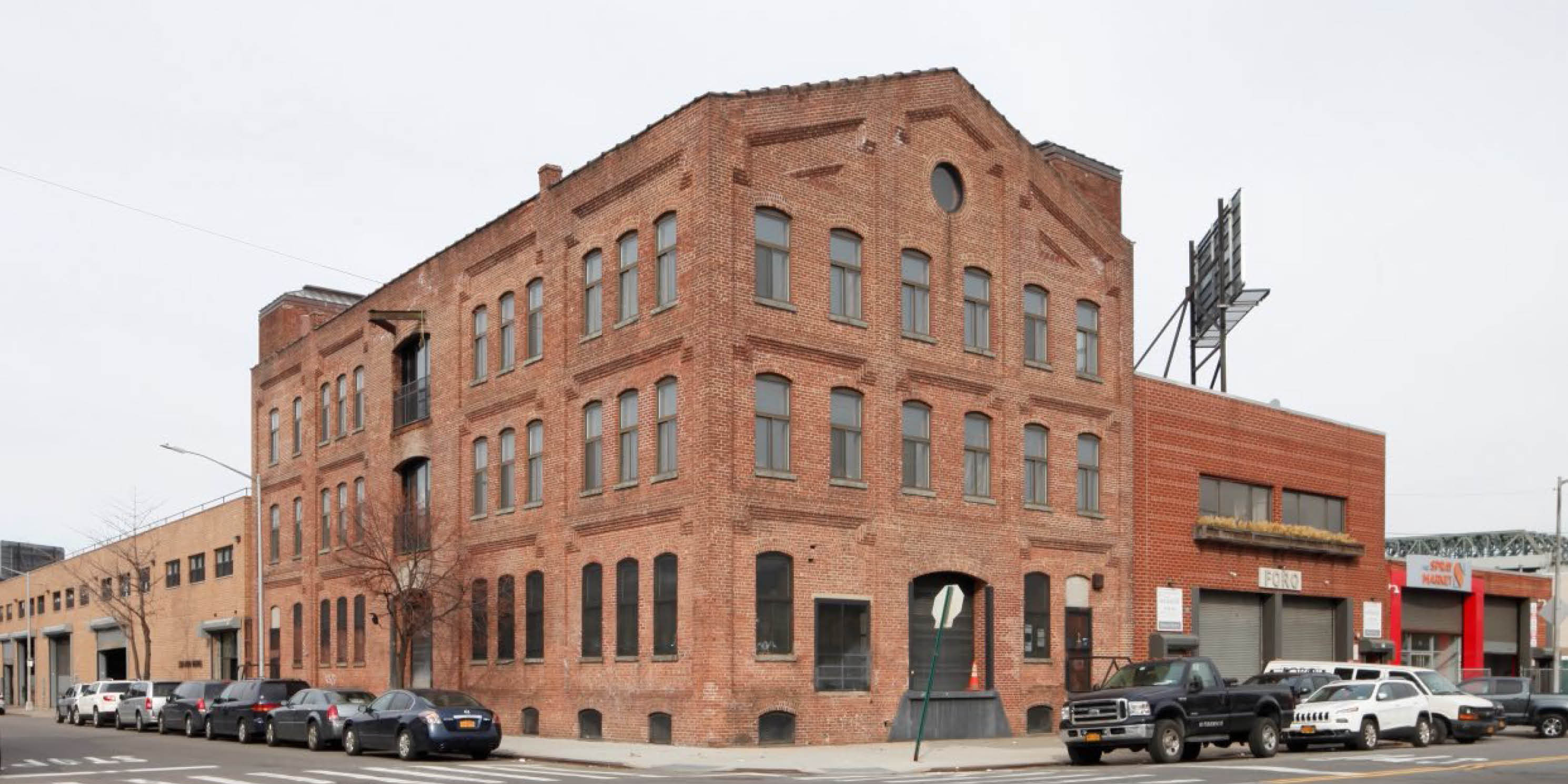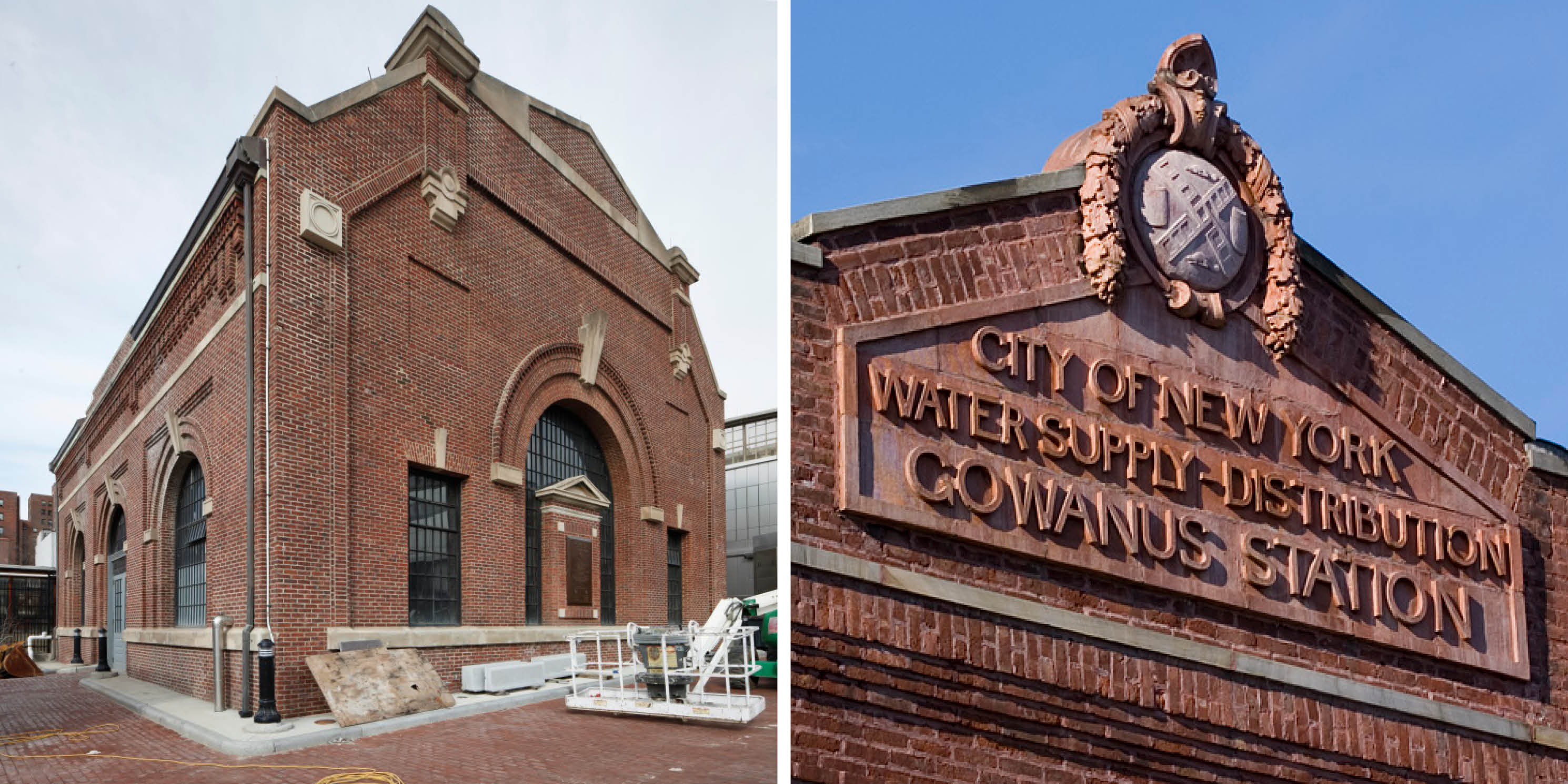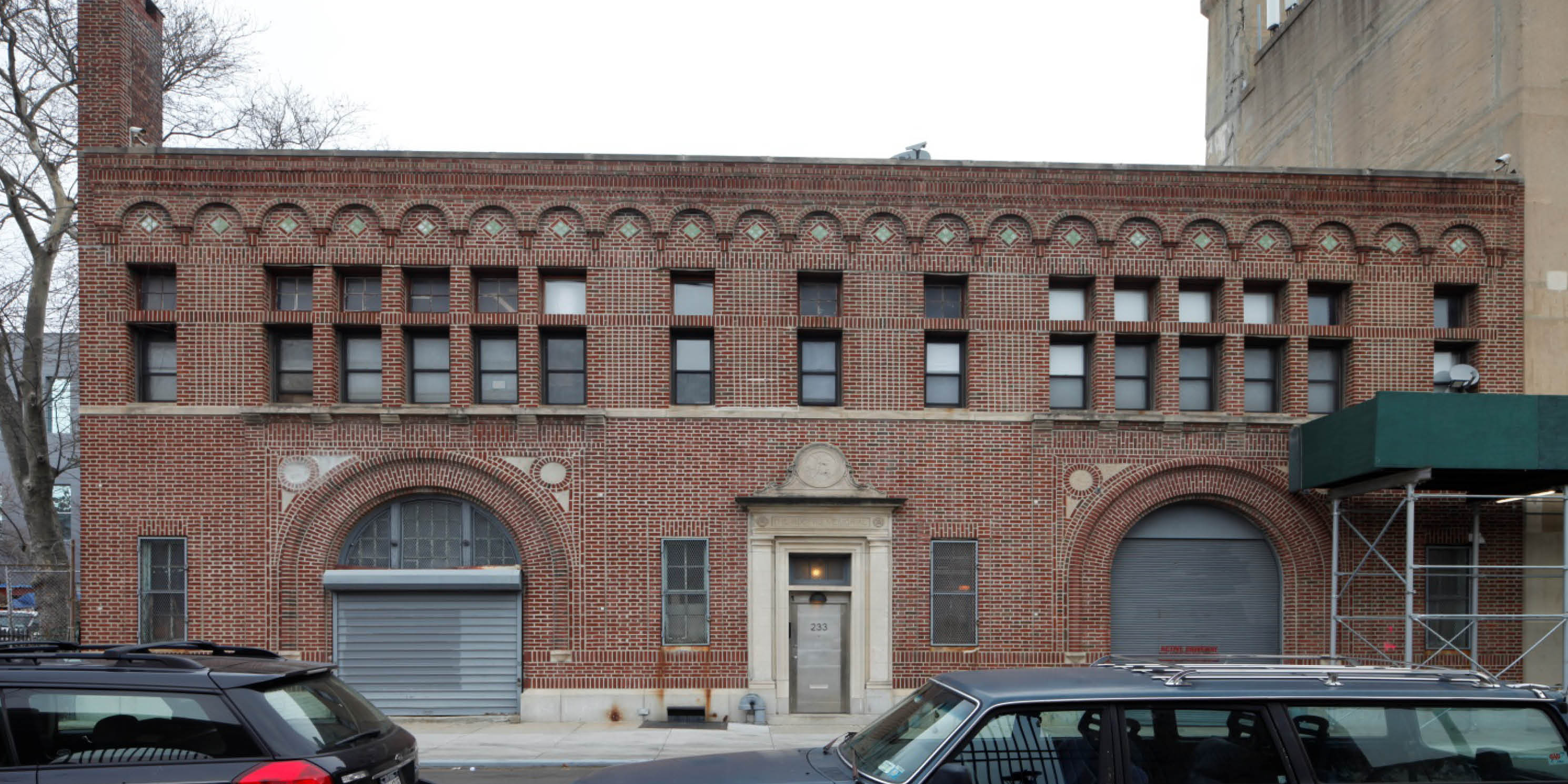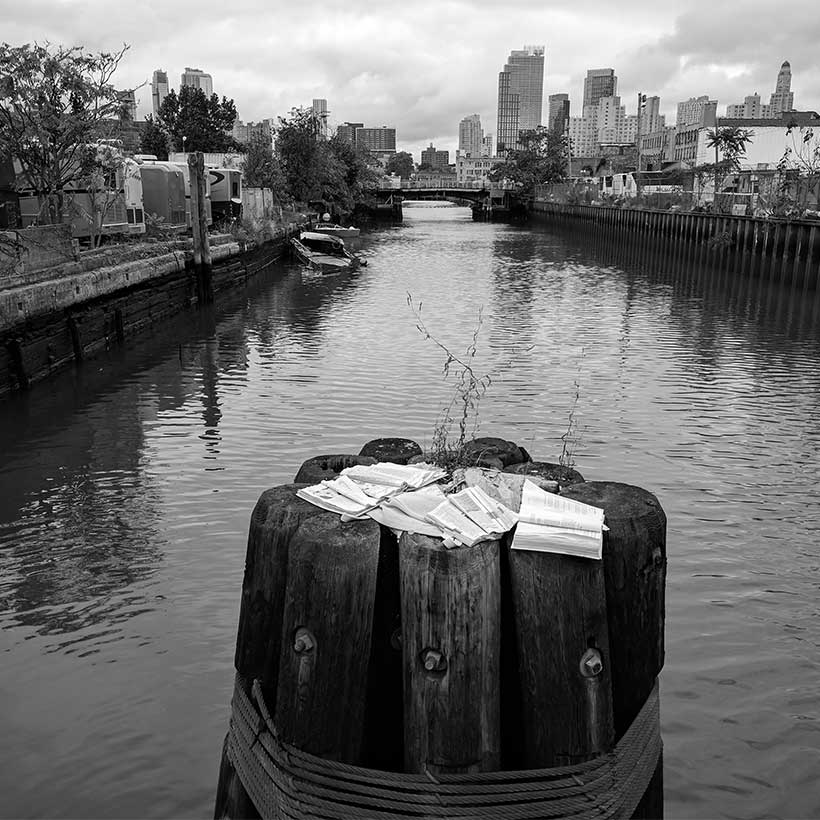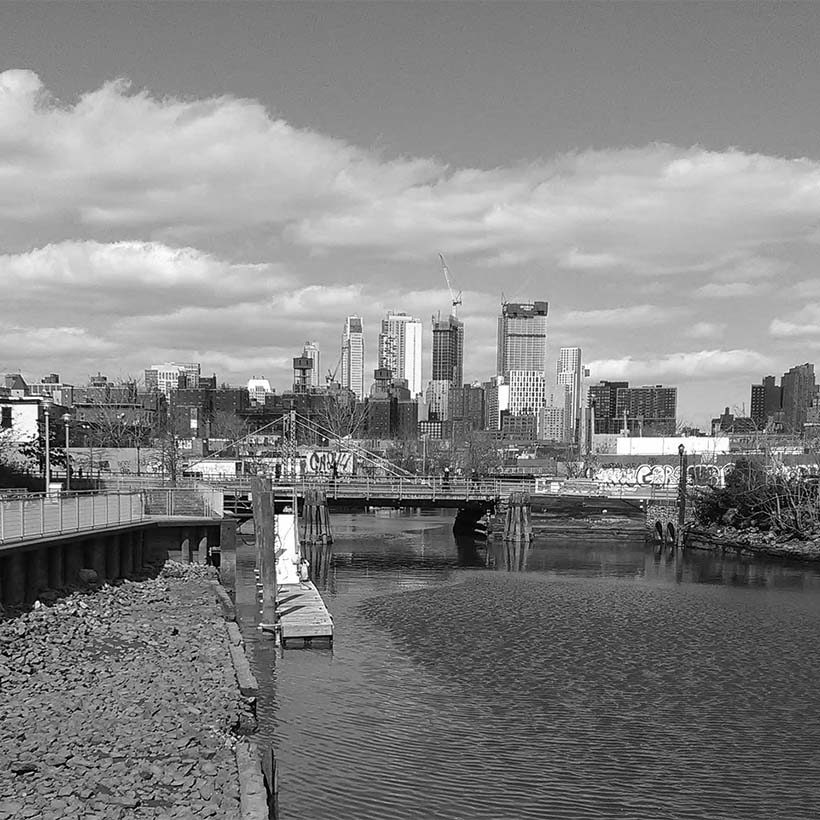Preserving the Industrial Heritage of Gowanus
Testimony to the Landmarks Preservation Commission
The Municipal Art Society of New York (MAS) supports the designation of five Gowanus buildings as individual New York City landmarks.
Constructed between 1884 and 1913, these buildings contribute to the Gowanus area’s legacy as a vital center for industrial ambition and early forward-looking infrastructure programming in New York City.
Download TestimonyThe Somers Brother Factory, or the later American Can Company, designed by Daniel Mclean Somers in the American Round Arch style with Queen Anne details, was a site of many industrial breakthroughs in tinware production and today provides space to over 300 artists and craftspeople.
The Brooklyn Rapid Transit Company (BRT) Central Power Station Engine House was integral to mass-transit advancements in early 20th-century Brooklyn and in operation until 1972. Designed by Thomas E. Murray in the Romanesque-Classical Revival style, the Power Station is one of the most prominent features in the industrial landscape of Gowanus.
The Montauk Paint Manufacturing Company Building, designed by G. George Heghlman in a simplified version of the American Round Arch style, contributed to Brooklyn’s national prominence as a leading paint manufacturing center at the time of its construction.
The Gowanus Flushing Tunnel Pumping Station and Gate House were designed by Edwin J. Fort in the Colonial Revival style with Secessionist details. Marking a leap in sewer engineering, the two buildings are prime examples of innovative historic efforts to remediate water conditions.
The American Society for the Prevention of Cruelty to Animals (ASPCA) Rogers Memorial Building, designed by Renwick, Aspinwall & Tucker in the Neo-Romanesque style, was one of New York’s premiere animal shelters and headquarters of the ASPCA until 1979.
MAS has been advocating for the protection of Gowanus and its iconic building stock since rezoning plans for the neighborhood were first proposed in 2009. The five buildings under consideration today are representative of the area’s distinct industrial past. Given their historic significance, and in light of a pending area-wide rezoning that has the potential to irreversibly alter the character of the neighborhood, the preservation of these exemplary buildings is vitally important to the industrial heritage of the Gowanus neighborhood.
We urge the Landmarks Preservation Commission to designate 196 Butler Street, 238-246 3rd Street, 153 2nd Street, 170 2nd Avenue, and 233 Butler Street.
